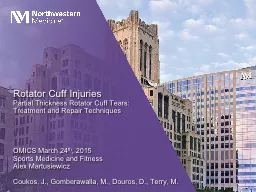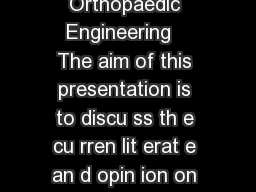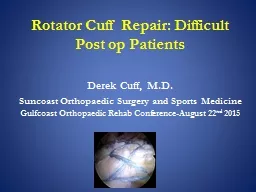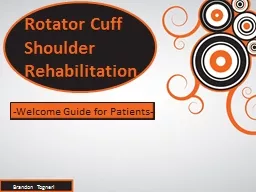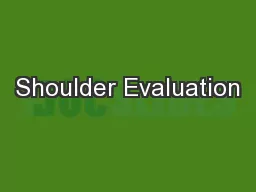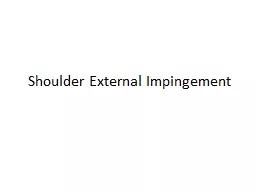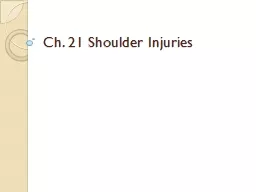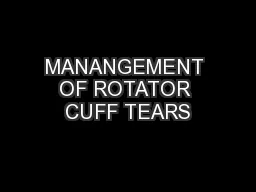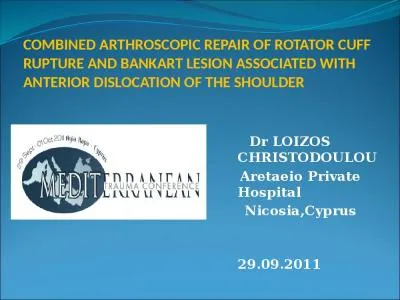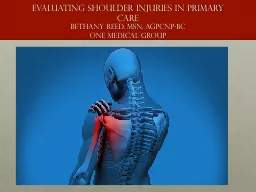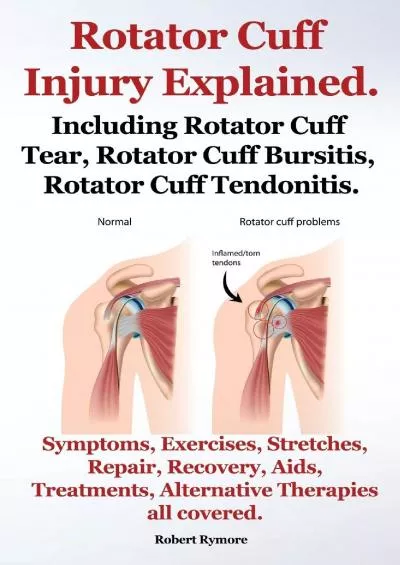PPT-Rotator Cuff Injuries
Author : faustina-dinatale | Published Date : 2016-07-26
Partial Thickness Rotator Cuff Tears Treatment and Repair Techniques OMICS March 24 th 2015 Sports Medicine and Fitness Alex Martusiewicz Coukos J Gomberawalla
Presentation Embed Code
Download Presentation
Download Presentation The PPT/PDF document "Rotator Cuff Injuries" is the property of its rightful owner. Permission is granted to download and print the materials on this website for personal, non-commercial use only, and to display it on your personal computer provided you do not modify the materials and that you retain all copyright notices contained in the materials. By downloading content from our website, you accept the terms of this agreement.
Rotator Cuff Injuries: Transcript
Download Rules Of Document
"Rotator Cuff Injuries"The content belongs to its owner. You may download and print it for personal use, without modification, and keep all copyright notices. By downloading, you agree to these terms.
Related Documents

